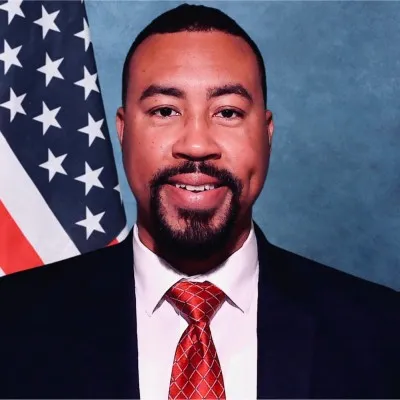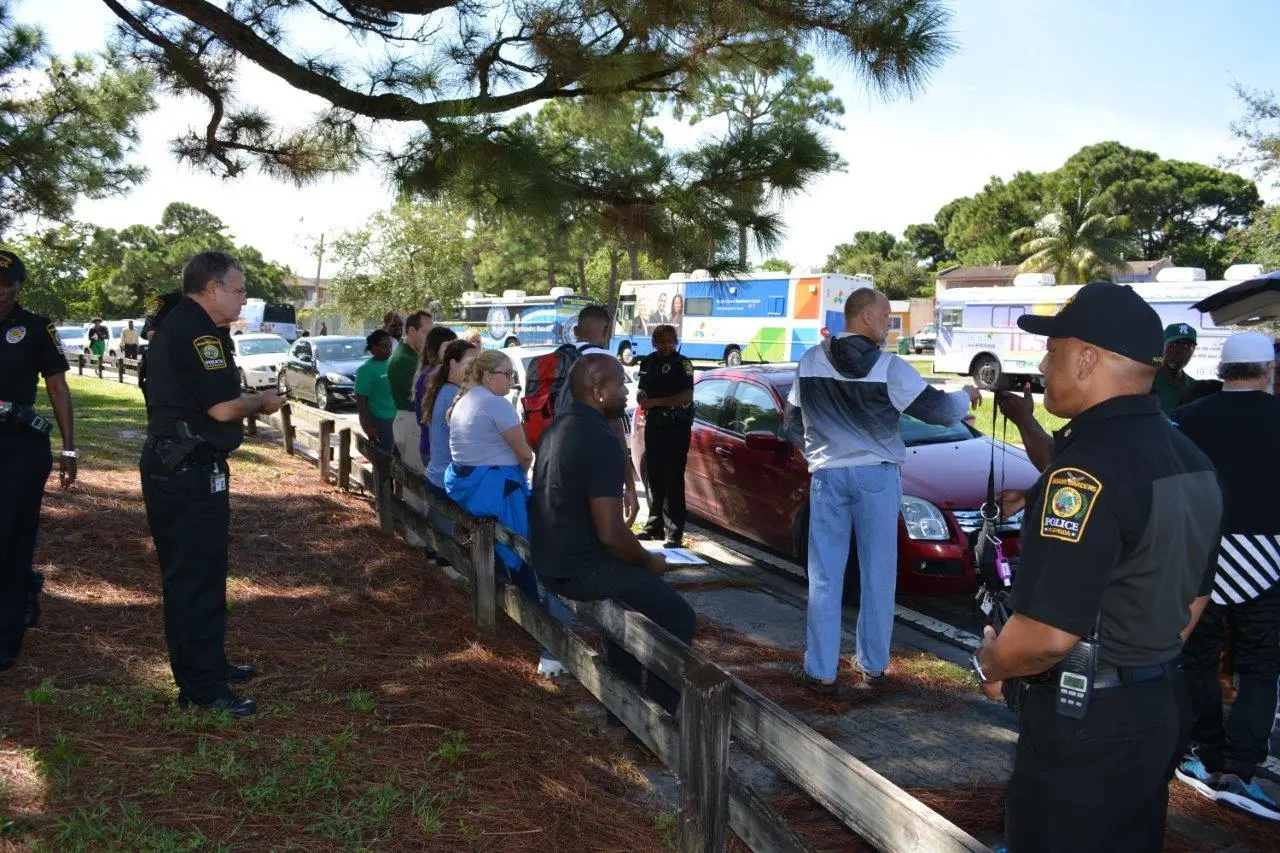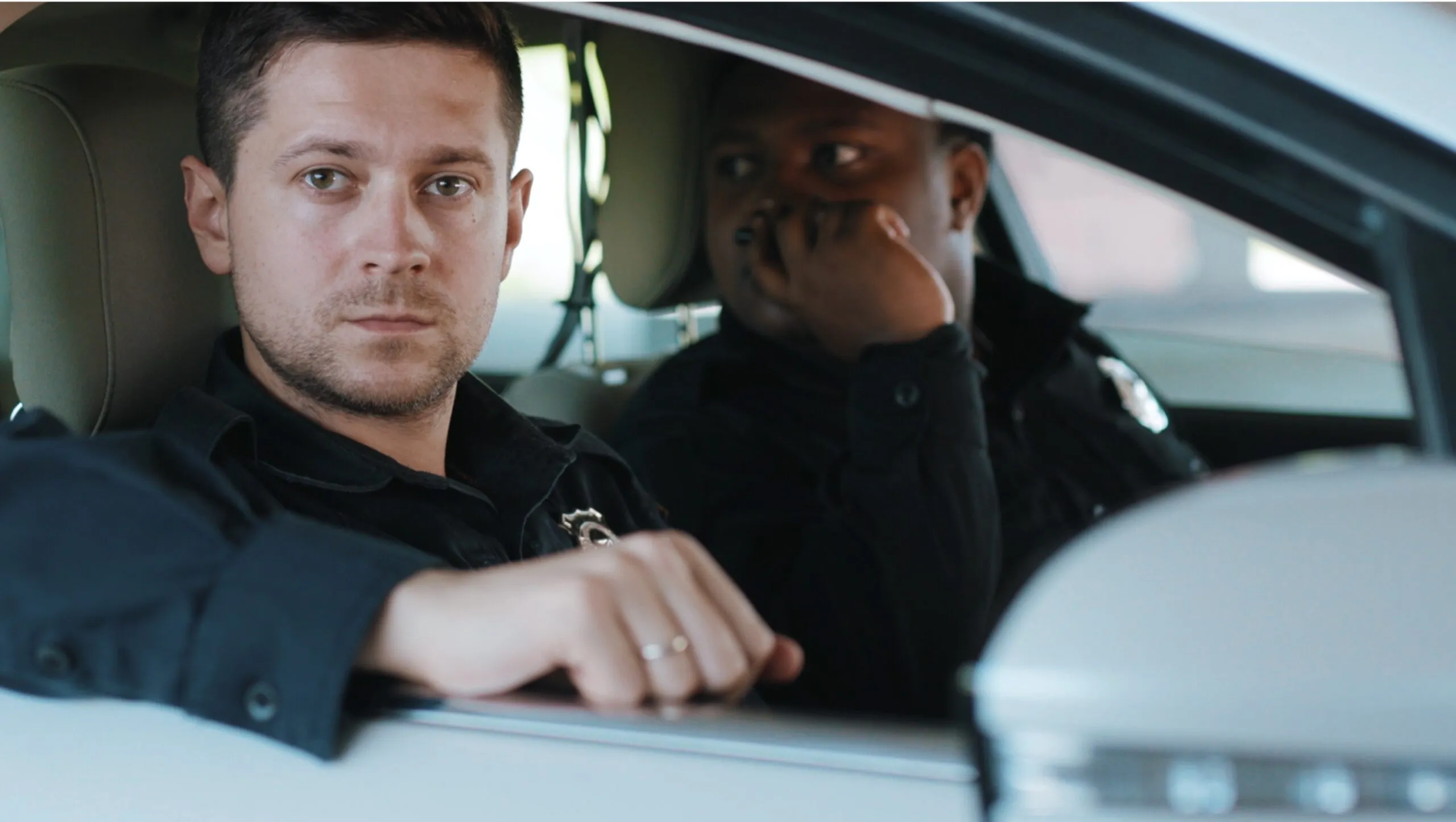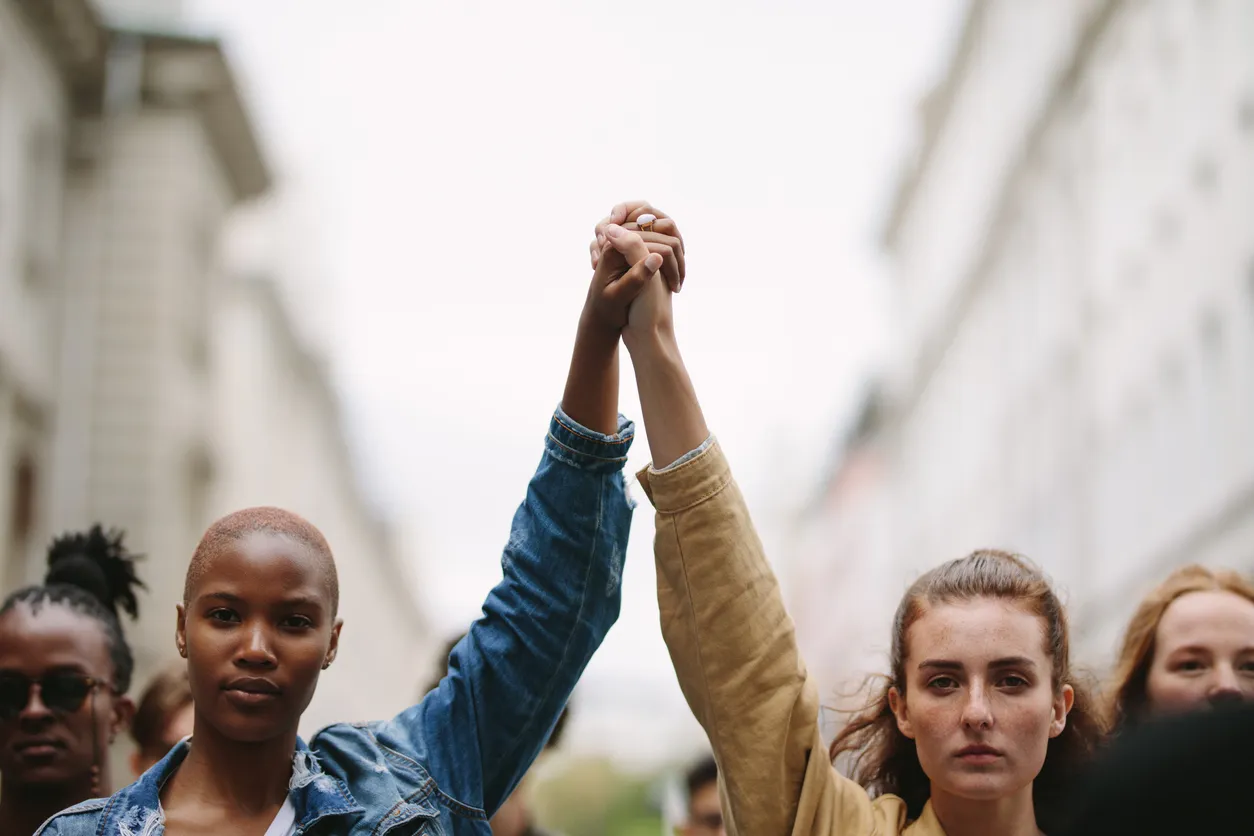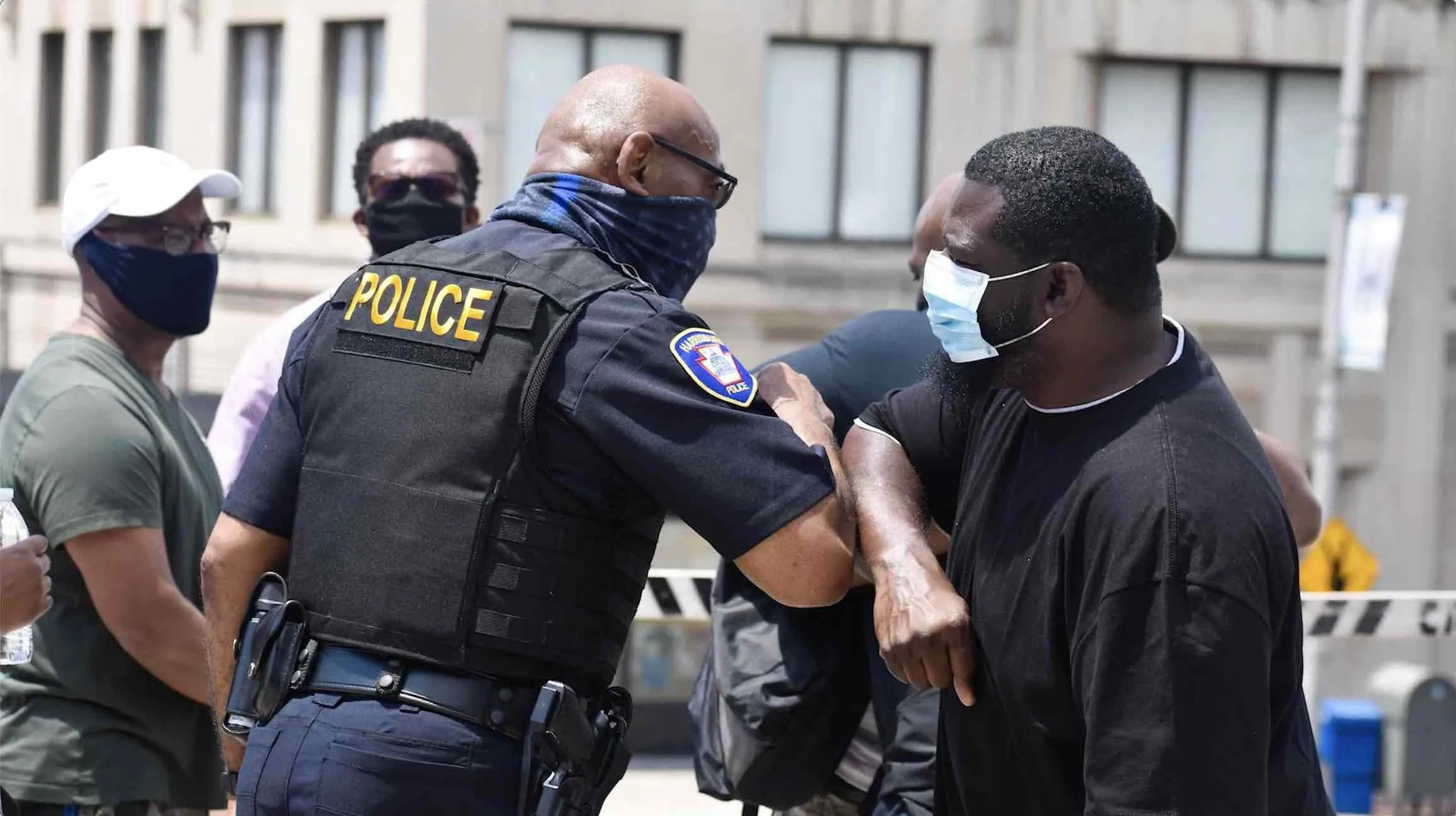To start improving police-community relations, we must get to the root of the problem, which is mistrust because of a broken social contract.
A Broken Social Contract
In policing, a social contract has always existed. Community members agree to give up certain liberties in exchange for service—that is, protection. Citizens sacrifice some individual freedom to allow police to do their job as long as police are unbiased and fair to the best of their ability. In exchange, police provide protection to the community.
This is how it is supposed to work. But if one party doesn’t hold up their end of the bargain, the contract is broken, causing mistrust in the community. And if citizens don’t trust police, then they won’t go to the police when crime occurs, which is vital to keeping the community safe. This negative feedback loop of mistrust and ineffective crime fighting drives a wedge between the community and police, creating a gap that continually gets worse.
Without communication and a cordial relationship, the contract is broken. Society isn’t as safe.
Why did this social contract break in the first place?
Over-Policing in Urban Communities
74 percent of homicides involve guns, and, in 2015, half of all gun homicides took place in only 127 cities representing less than 25 percent of the country’s population. And these trends have only continued to worsen in recent years.
The data supports that violent urban crime—gun violence in particular—disproportionally impacts communities of color in urban environments. This is especially prevalent in historically underfunded neighborhoods, the majority impacting young Black and Latino men.
The intentional lack of funding (redlining) has created an economic and social divide from other communities—a spark for mistrust. This is because these underfunded communities are missing important social and economic development. Long-standing racial inequities flow through government policies, leading to a low perception of safety. As such, these communities often feel over-policed and underserved.
The Feedback Loop Continues
Instead of viewing police as protection, some community members view police as an obstacle separating them from social and economic development they need. Evidence has shown that concentrated poverty and a lack of adequate education and access to resources have led people to find illegal means for what they need.
So the feedback loop continues. Communities don’t have access to social and economic development due to underfunding and unjust policies. Police presence increases to fight crime, but due to decades of abuse, communities of color often mistrust police and view them as oppressors, not protectors. The social contract, and the police-community relationship, is broken.
The State of Police-Community Relations Today
The trends of police-community relations today are not new. They are just more complex.
In the 1960s and 70s before camera phones, we saw riots across the United States, just as we saw in 2020. Today, the same root causes of those riots are still present but are more visible.
The Root of Rioting
After the riots in the 1960s, the federal government formed a Presidential Commission (Kerner Commission) to study the causes of the riots. The commission concluded that many Black communities saw police actions as inciting the riots. Additionally, they saw the police as a direct representation of the racist society that kept their communities in a constant struggle for survival.
Many of the findings from the Kerner Commission are also surfacing in present-day DOJ reports outlining policing misconduct and racial profiling.
This mistrust that we see in Black and Brown communities is not a made-up fantasy. It stems directly from historical and present-day bias, and in many cases, over-policing and underserving of these communities. This has been going on for four generations, particularly in African American urban areas of concentrated poverty. Add in the pandemic, and the problems only multiply.
The Impact of the Pandemic
Trauma after trauma in the same communities are compounding on each other. The behavior we are seeing is a normal reaction to such anger, fear, and abuse from all levels of society (not only policing; police are simply the visual presentation of society, power, and control).
Much like the tone deaf saying of “pull yourself up by your own bootstraps”—which Dr. Rev. Martin Luther King so frankly responded, “It’s a cruel jest to say to a bootless man that he ought to lift himself by his bootstraps”—today, we see that these same communities, often lacking the ability to work from home, have been disproportionally impacted by the pandemic. This has resulted in a type of modern-day segregation, similar to how redlining and the closing of manufacturing physically and financially segregated many of today’s youth’s grandparents.
Gun Violence Trauma
Gun violence in these urban areas have increased because police-community interactions during the pandemic have decreased. Feelings of despair, fear, and anger have increased to unbearable levels. This had led to some citizens (particularly young males) to take actions to protect themselves from perceived threats—the police’s end of the social contract—into their own hands.
Combine these escalating trends with the lack of healthy foods (food deserts), lack of adequate education, and unaddressed trauma, and we see the often-violent results of failed policies.
In these concentrated areas of poverty, children younger than six years old experience gun violence and face trauma that continuously goes unaddressed. As they grow up, you see more and more hypervigilant and violent teens with less regard for social norms. This is because they experienced trauma as their brains were still developing and nothing was done about it. They’ve had to cope with and attempt to process tens or hundreds of adverse childhood experiences during infant, toddler, and pre-teen years alone. In contrast, the average middle-class youth will experience only a fraction of this throughout their entire childhood.
The State of Police-Community Relations Today
The sad reality is that today, there are a lot of traumatized kids without proper support, supervision or treatment in environments where many young people continue to be shot.
When police presence increases, there’s understandable mistrust, anger, and fear. When police presence decreases in high-risk neighborhoods (due to the pandemic or riots), there’s more gun violence and chaos.
Either way, these communities continue to suffer and feel neglected. And the only way to help them is by repairing the social contract.
Repairing the Social Contract
The repairing of the social contract will require improved police actions as well as policies designed to further develop and heal communities in need.
From a policing standpoint this means training and employing police departments to not only protect and serve but also advocate for health, wellness, and economic resources. Providing these resources for the children, youth, and families in most need will improve community and officer safety.
In the next installment in this series, we will identify four vital steps to start improving police-community relations.

